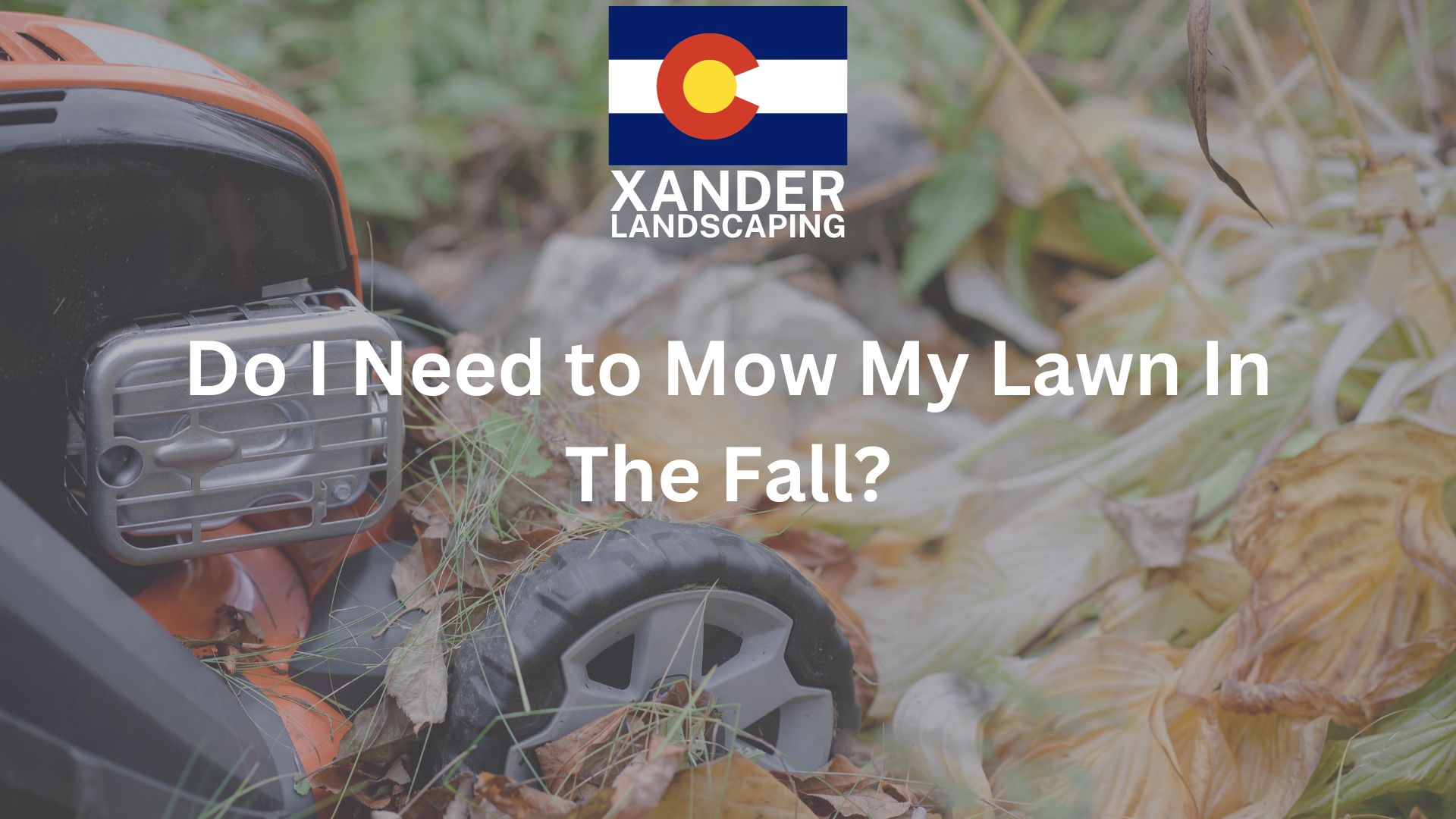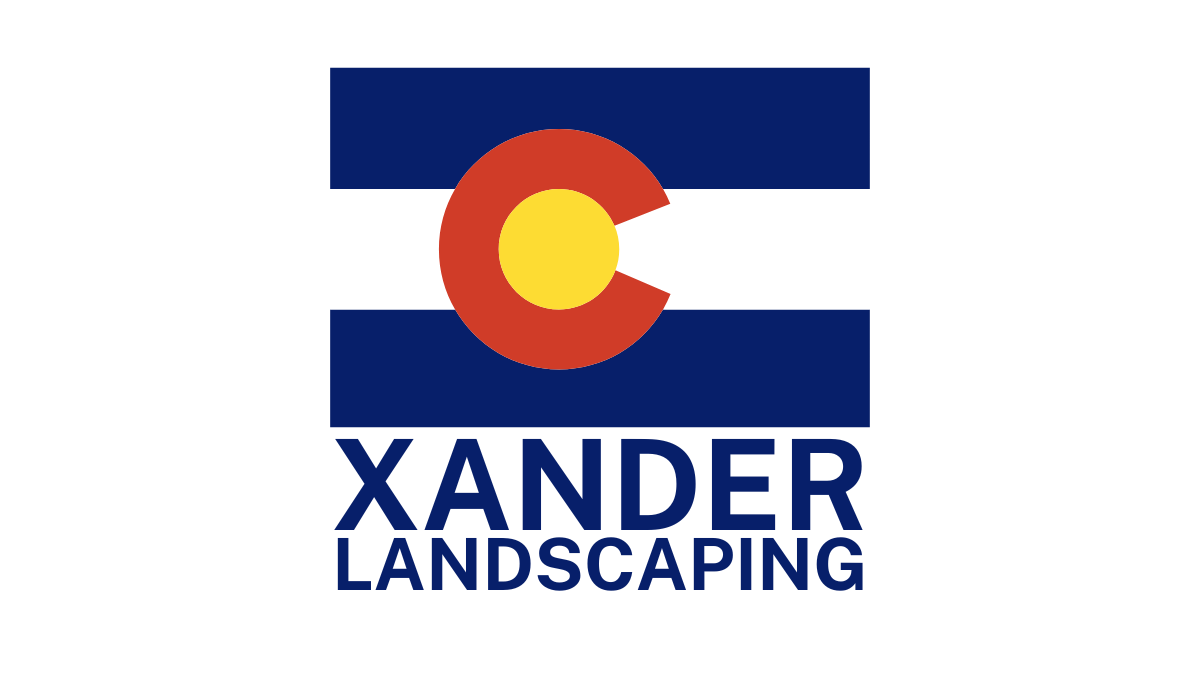
Many homeowners aim for a beautifully maintained lawn throughout the spring and summer months. However, as autumn arrives and the leaves start to fall, the enthusiasm for mowing tends to wane. People eagerly anticipate a break from the task of cutting the grass.
Now that fall has arrived and temperatures are cooling, the question arises: When should you stop mowing your yard?
According to lawn care experts, the optimal time to stop mowing is when the grass’s growth naturally comes to a halt. This is a widely accepted guideline, supported by Xander Landscaping along with many local Denver Landscaping companies. Grass’s growth will slow down and stop depending on a number of factors depending on the current climate and the past year’s conditions.
Climate factors affect your grass in the cooler months
One of the main factors of Colorado’s climate that will ultimately impact your grass’s growth will depend on overall rainfall. Being in an arid and high plains area, Colorado naturally has a drier climate throughout the Summer. In previous years, Denver and nearly all of Colorado experienced drought conditions. However, this year in 2023, El Nino weather patterns shifted the landscape away from drought conditions. In fact, it was reported this Summer was the second time since 2000, that Colorado was free of any drought thanks to snowpack and rainfall. Because of this, experts in landscaping are keen to suggest your grasses are likely to grow a bit longer into the fall season before the first major frost. So expect your grass to continue to grow through the end of this month, so keep that mower handy!
When will Denver’s First Snow Be and Is Your Landscape Ready?
Typically, Denver along with many parts of Colorado will see the first major snowfall happen in October. Later in the month and usually right around Halloween. With El Nino causing shifts in the climate, some landscape companies predict it will be a wetter snow season than in the past couple of years. During the months of October and November, lawn care experts recommend a gradual reduction in the frequency of mowing. This period is also ideal for adjusting your mower’s blade height to leave your yard with a grass height of around 2 1/2 inches after each mowing session. Maintaining this height until the grass ceases its growth is advisable. It’s essential to avoid cutting your lawn too short during this season, as doing so can lead to irreparable damage.
Lawn Care Doesn’t Stop At Mowing Grass
Completing that last mow doesn’t signify the end of your yard maintenance duties. Soon, the ground will be blanketed in leaves, and if these leaves aren’t regularly cleared, they can create a moisture-trapping barrier, blocking sunlight from reaching your grass. This can result in a yard susceptible to fungus, mold, and disease, potentially causing harm to or even killing your grass.
It’s crucial to maintain your lawn care routine throughout the fall and early winter months. Neglecting this can lead to visible repercussions once the next growing season arrives.
Caring for your yard during the fall months can be a rewarding home project. Nevertheless, as winter draws near, it’s prudent to adhere to the following rule of thumb: “When the grass stops to grow, it’s time to stop mowing.” If you landscaping needs are too much for your schedule, reach out to Xander Landscaping for all of your landscape architect and landscape construction services. Xander has a wide range of services perfect for preparing your property’s exterior for cooler weather including irrigation systems, hardscapes and patios, and of course landscape maintenance.
